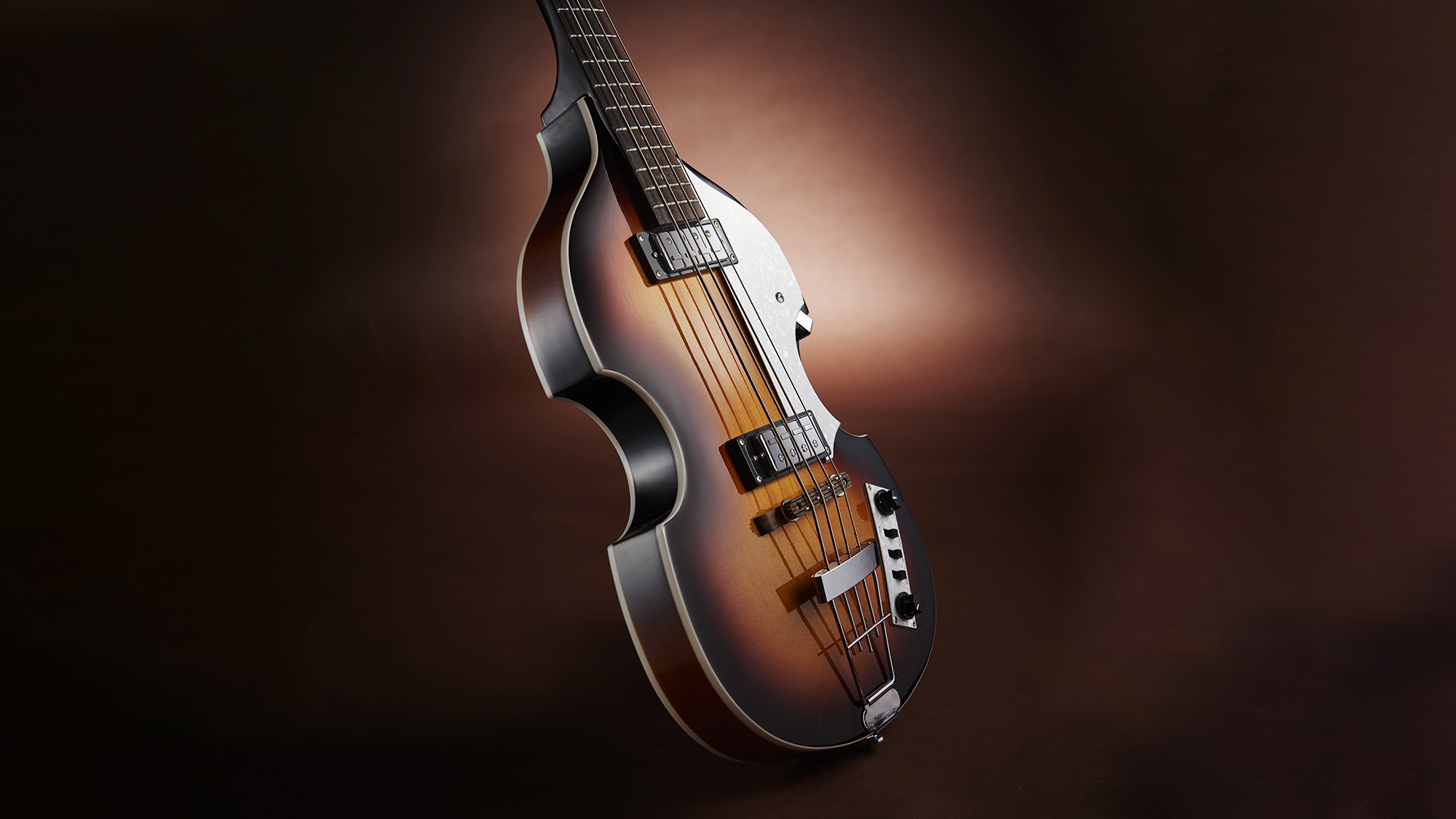Another legendary amp brand has entered the Bluetooth speaker market. Is being Orange enough to stand out?
The Orange Box sees the UK-based firm joins the Bluetooth space race with a unique Class D and Class A/B design
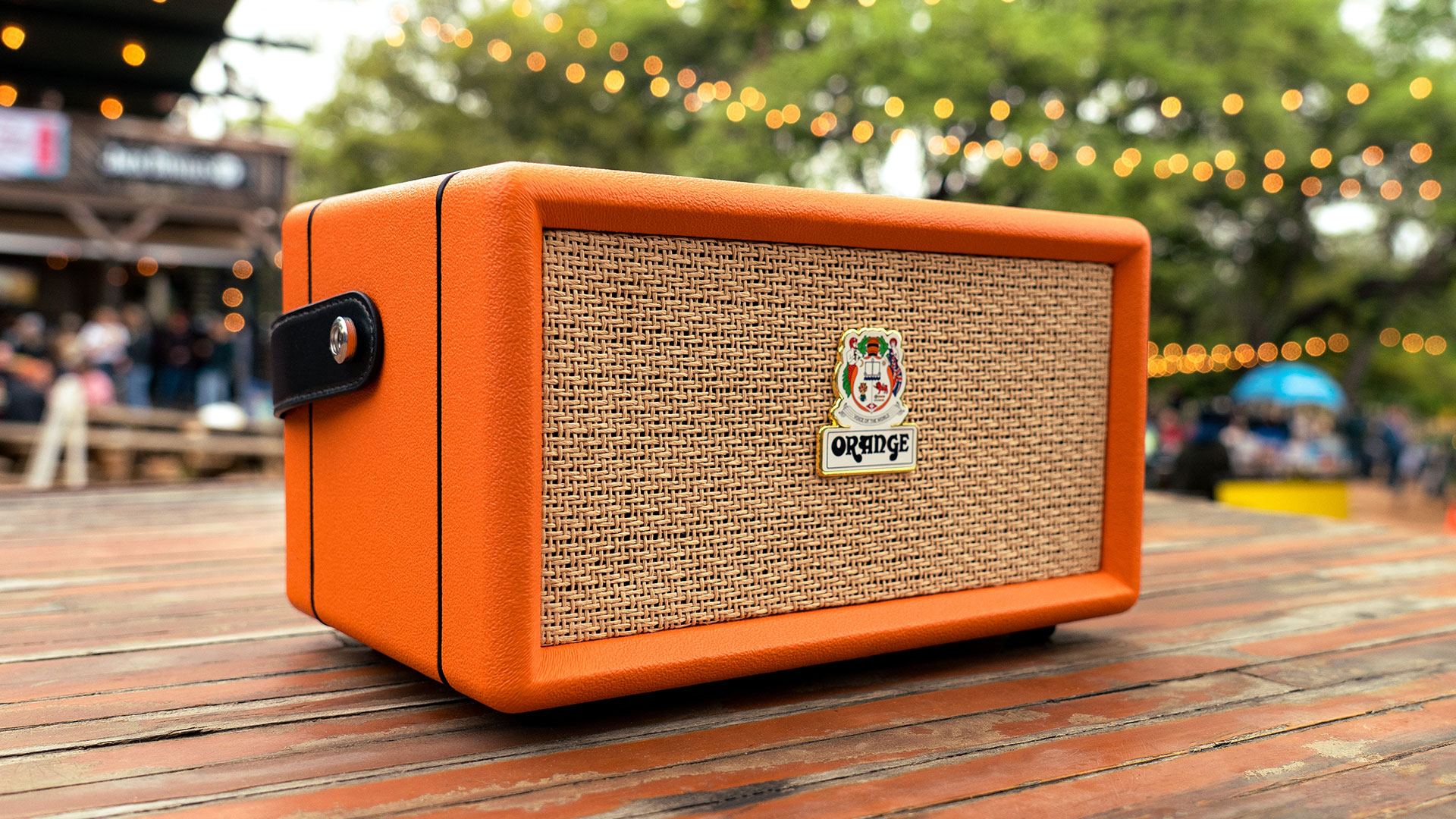
The Orange Box is the latest example of a heritage guitar amp brand dipping into the home audio market with a Bluetooth speaker.
Consumer audio has become big business in the guitar amp world in recent years – a trend that was neatly illustrated when Marshall’s home audio wing bought out the amp-making side of its business earlier this year.
Fender and Vox also have their own home audio products and Orange already has a line of headphones, so it makes sense that its eyeing a bigger slice of the market – even if it is heaving with competition.
The challenge for the UK firm is that – despite its history – it is not a household name in the manner of Marshall or Fender. Fortunately, it seems The Box does have an ace or two up its sleeve when it comes to pursuing the big beasts.
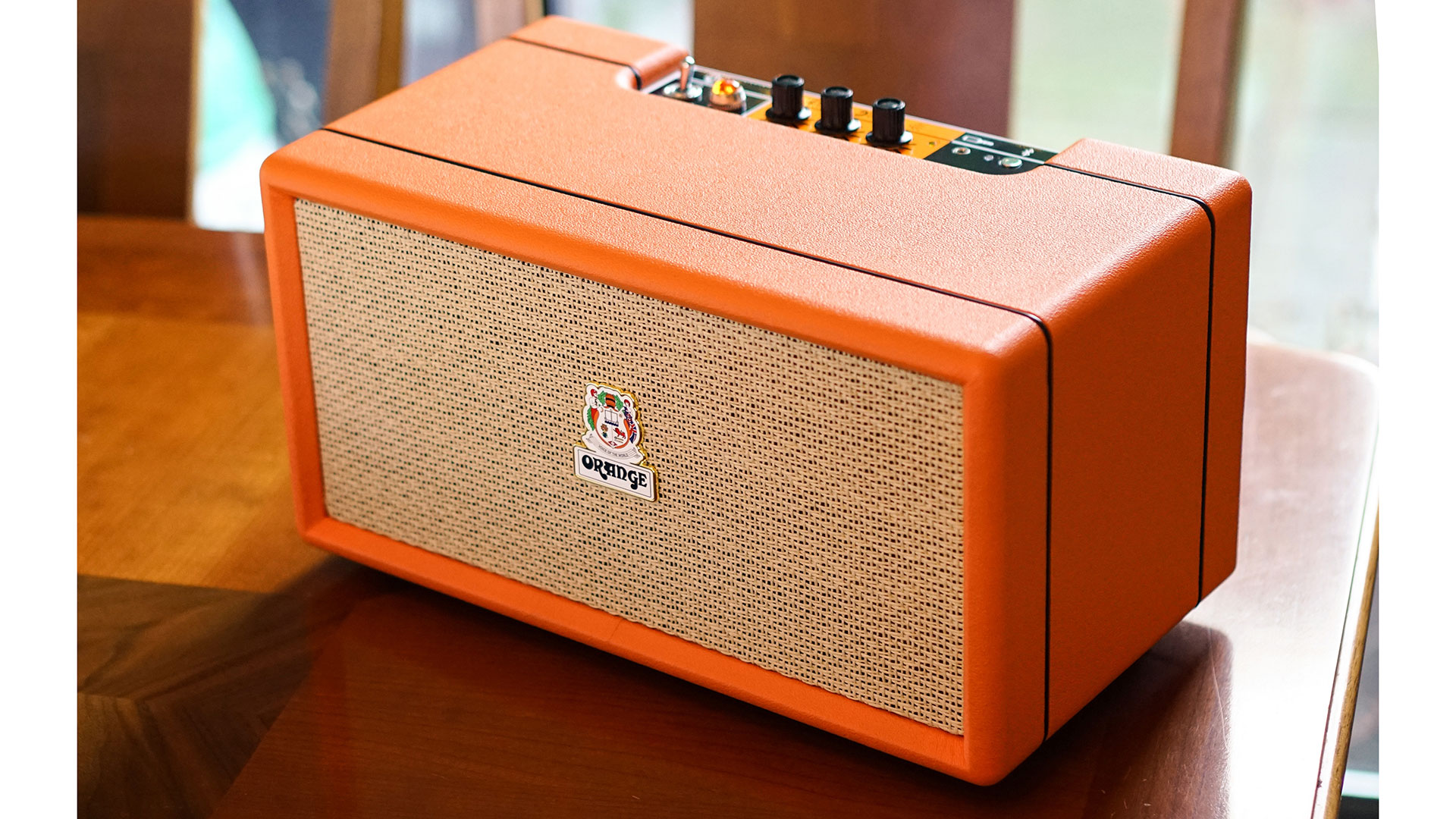
Firstly, there is the spec. The Orange Box claims it offers a unique design – being the only Bluetooth speaker to combine both Class D and Class A/B amplification in a single powered speaker.
It works by splitting the signal to a 30-watt Class D for the lows and two 10-watt Class A/Bs for the highs. The result should see a ‘best of both worlds’ when it comes to the tight low-end response of the Class D and the classic hi-fi-style mids and highs of the Class A/B.
That is then paired with three speakers – namely, a four-inch subwoofer and a pair of two-inch high frequency drivers – and some other nifty features, like an analog EQ and an overload light (which can indicate if you’re driving the speakers too hard, preventing potential damage).
All the latest guitar news, interviews, lessons, reviews, deals and more, direct to your inbox!
There’s also a handy 15-hour rechargeable battery on the standard Box and, if you favor power over portability, you also have a choice of the larger, mains-powered Box L, which features a five-inch subwoofer – although the amp power ratings themselves stay the same.
Finally, the firm makes a credible nod to sustainability (an achilles heel for a lot of home audio tech) in guaranteeing the supply of spares – including batteries – and a right to repair into the 2030s.
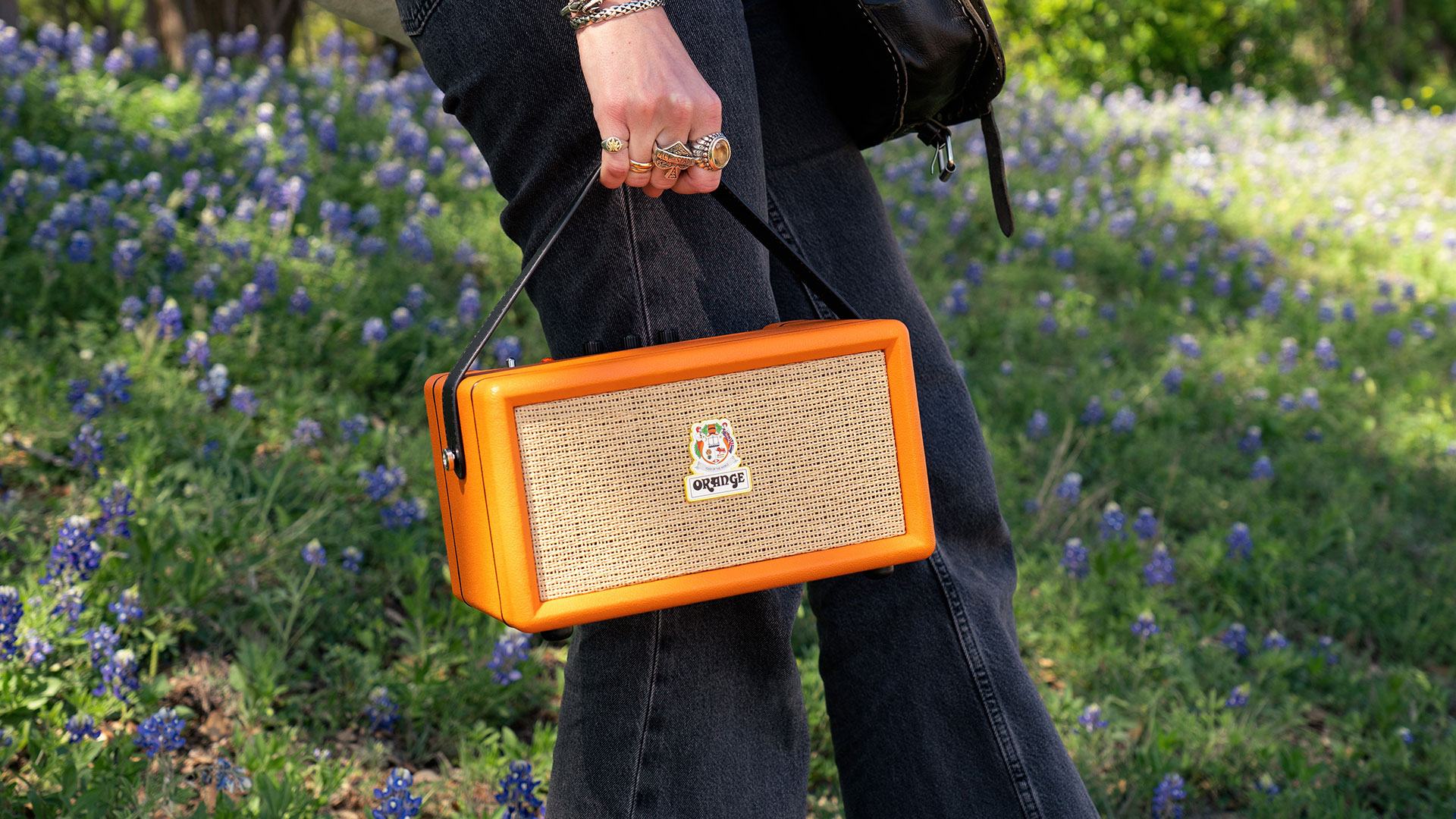
On paper, it’s a convincing package at a competitive price point: $343 for the Box, $392 for the Box-L. For comparison Fender Audio’s similarly amp-like Indio Bluetooth speaker comes at $379 for 60 watts of power, while Marshall has the Acton III for $279, which offers a 30-watt subwoofer with two 15-watt tweeters – and those are entirely Class D.
Of course, the amp jargon may not translate to the average consumer outside of the guitar bubble. Likewise, player-friendly nods – not least Orange’s notorious control icons – will not land well with your average guitar muggle.
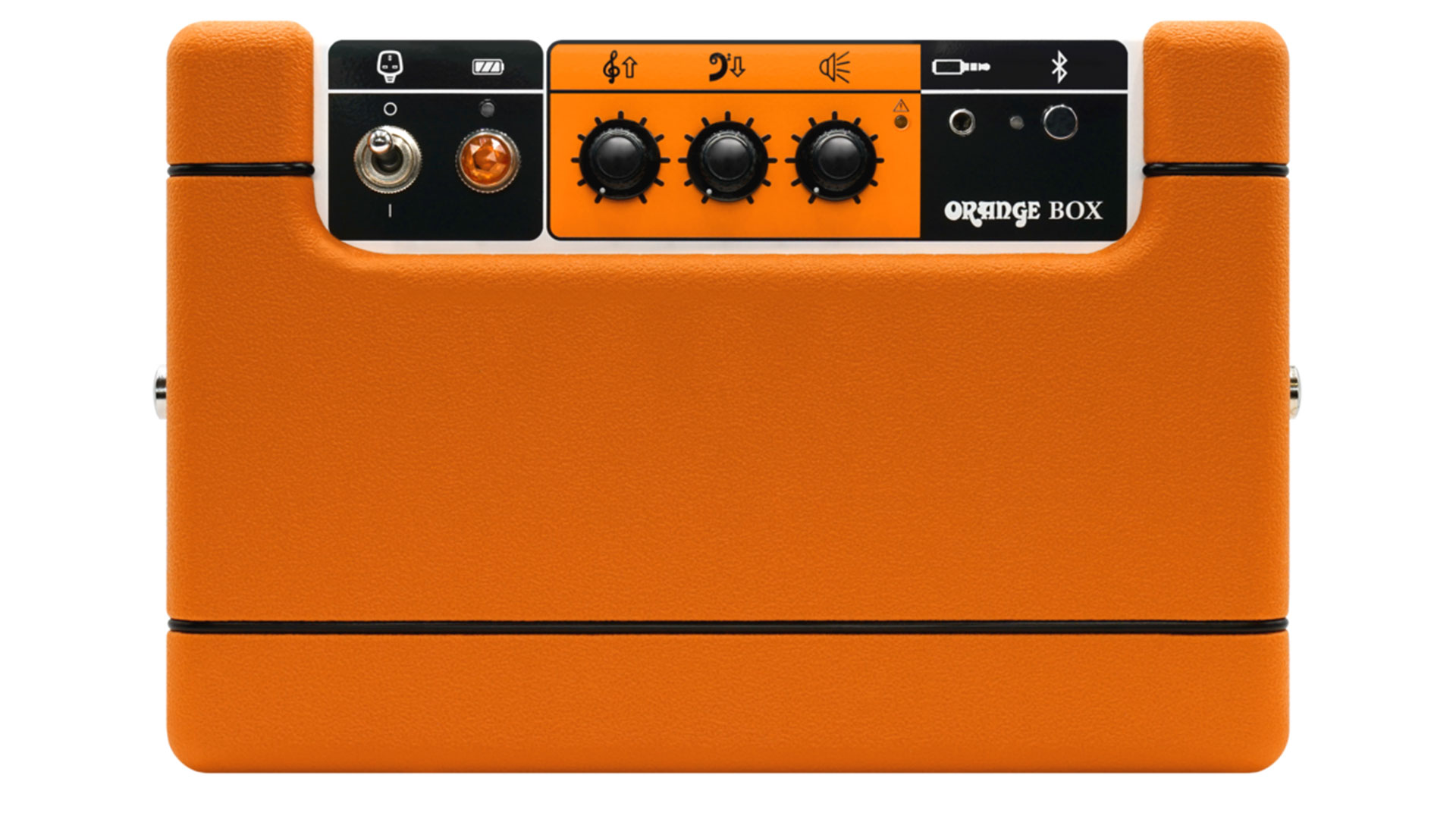
Instead, when it comes down to standing out from the crowd in the eyes of wider home audio market, we think the chief appeal of the Box will probably be that it’s, well… orange.
Ultimately, the firm has an aesthetic all of its own and – not to dismiss our non-musician friends – but most people listen with their eyes first. Despite its plain name, the Box is a hell of a looker – and that alone may be enough to ensure it finds a home among non-musicians and guitarists alike.
For more information on the Box and Box-L, head to Orange.
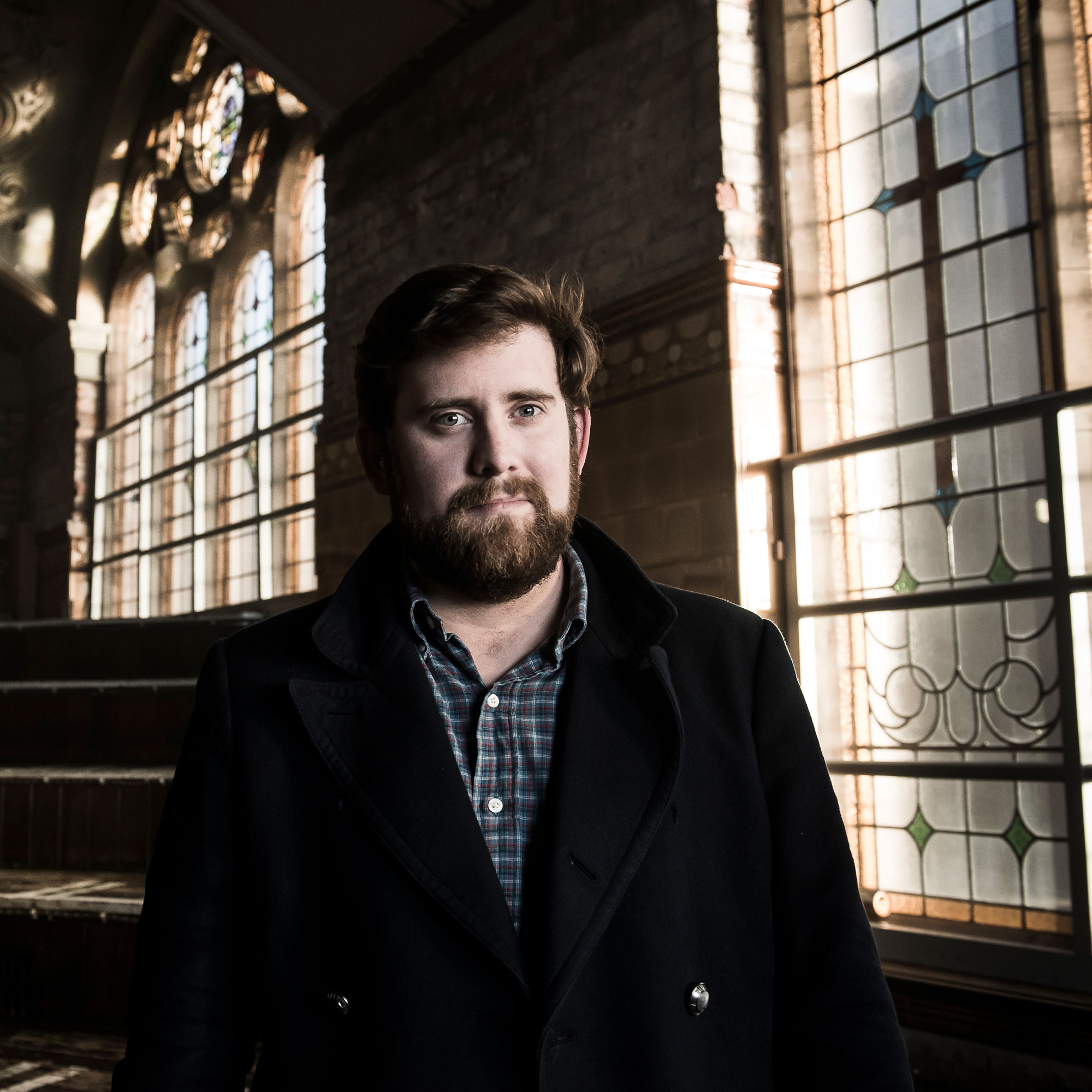
Matt is Deputy Editor for GuitarWorld.com. Before that he spent 10 years as a freelance music journalist, interviewing artists for the likes of Total Guitar, Guitarist, Guitar World, MusicRadar, NME.com, DJ Mag and Electronic Sound. In 2020, he launched CreativeMoney.co.uk, which aims to share the ideas that make creative lifestyles more sustainable. He plays guitar, but should not be allowed near your delay pedals.
